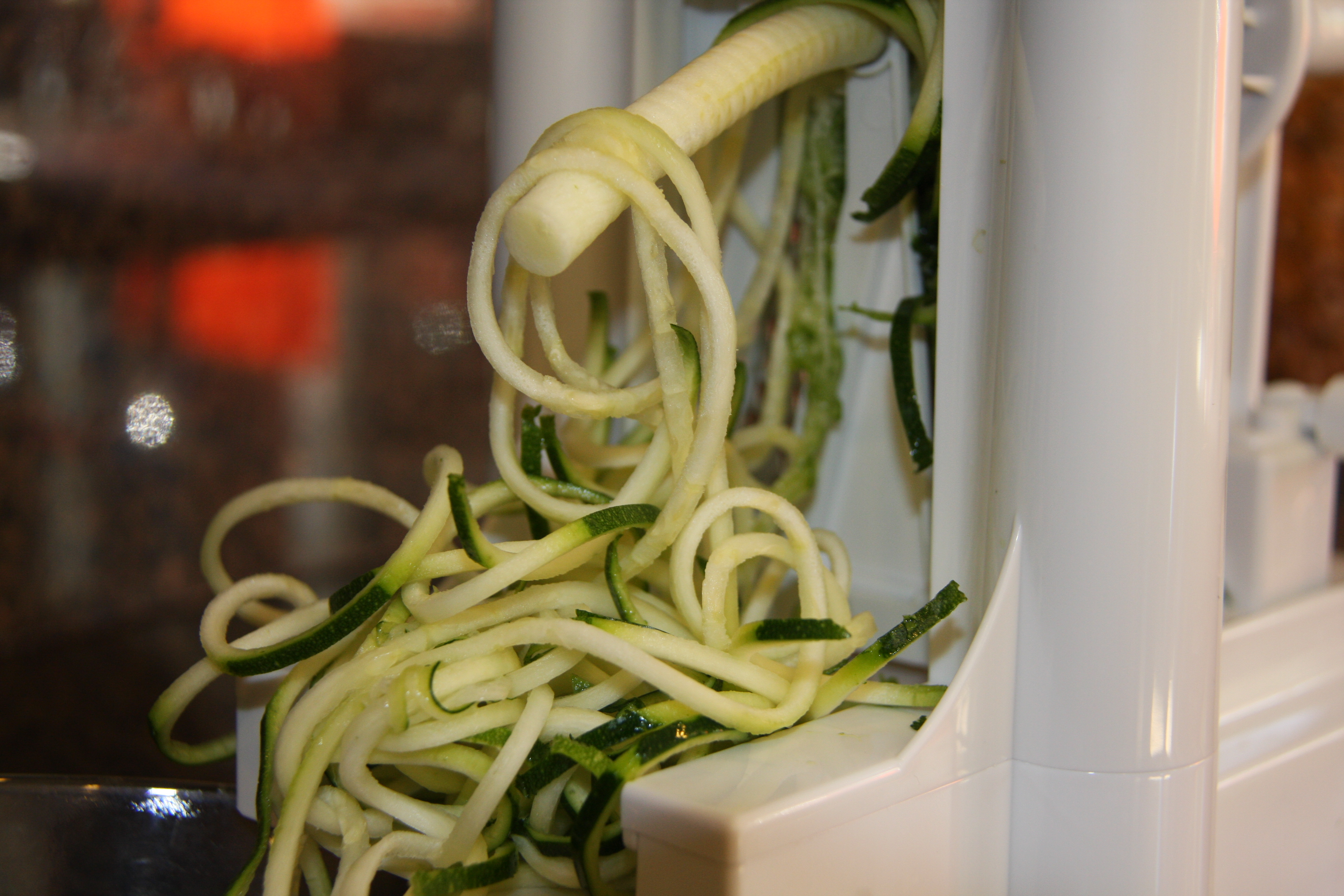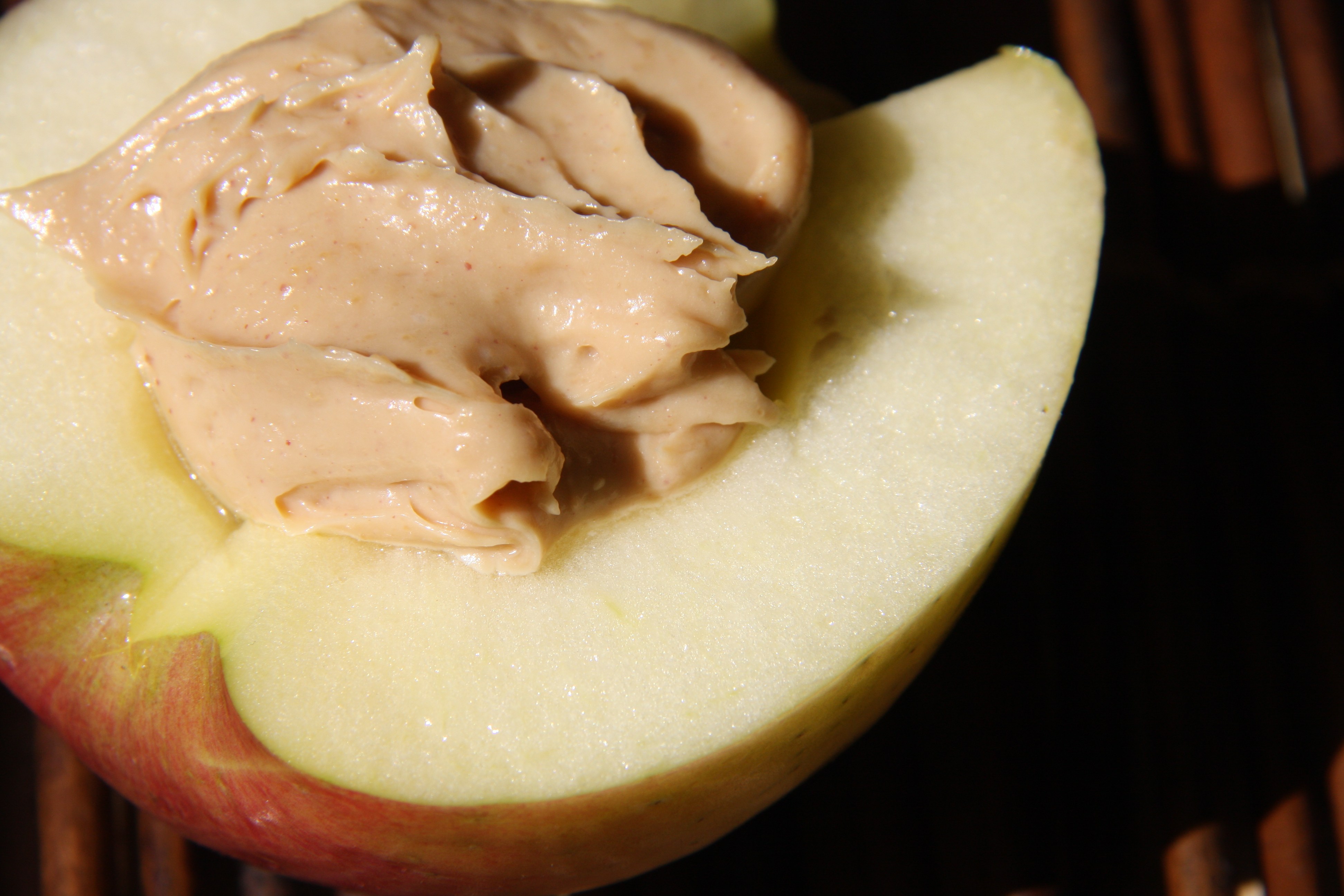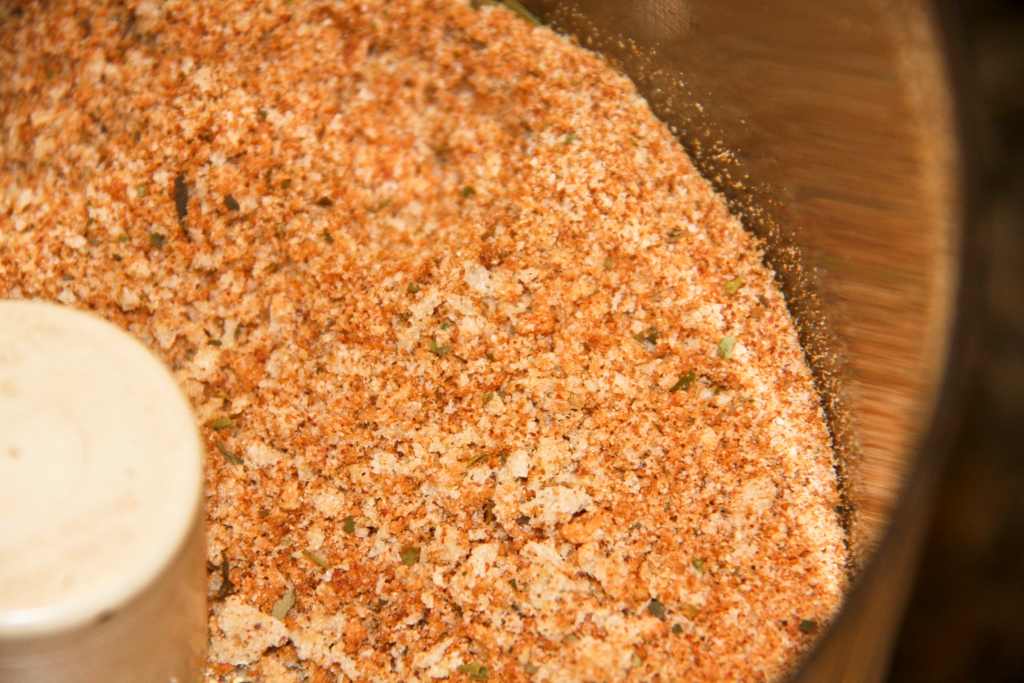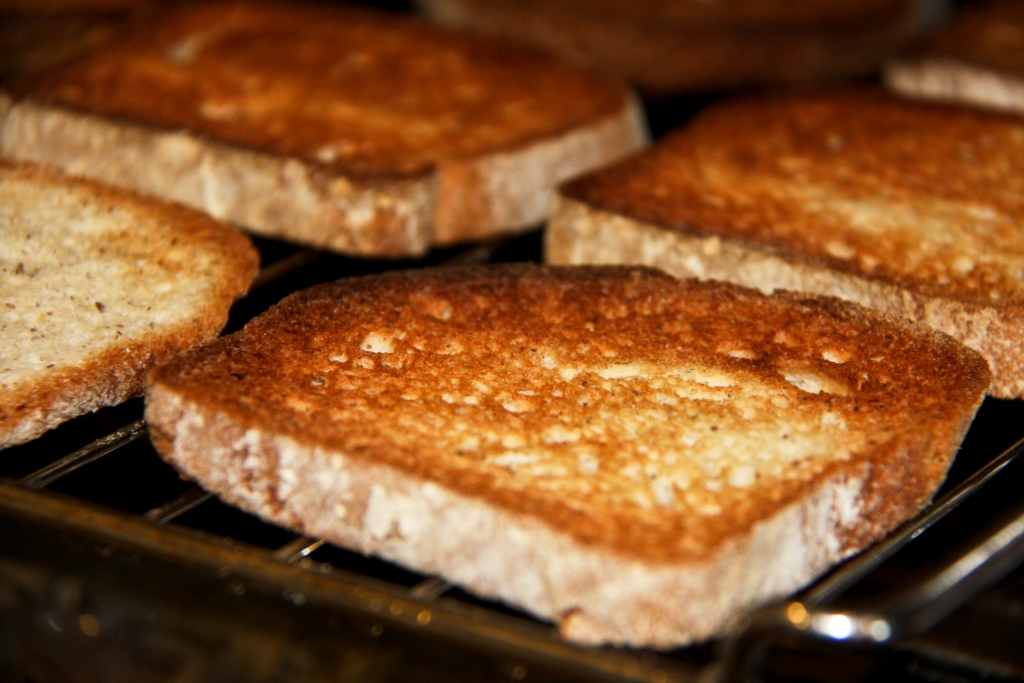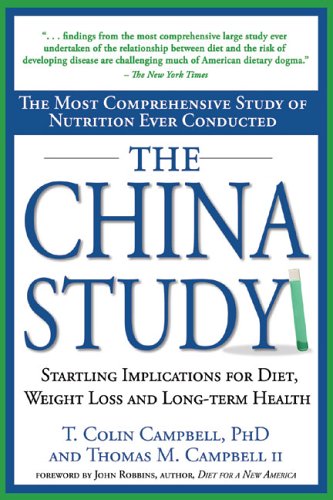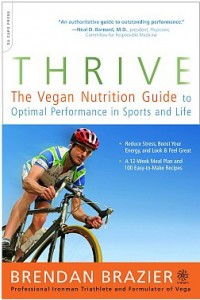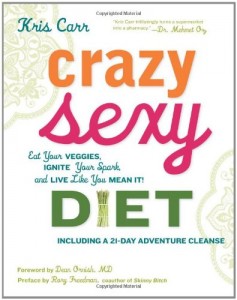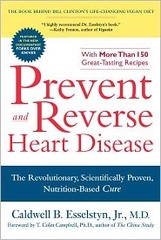
Today’s Guest Blog is by Giacomo Marchese of VeganProteins.com. Giacomo has been a fitness enthusiast for the past 17 years. He competed and placed in both 2002 and 2008 with the INBF (International Natural Bodybuilding Federation). Other activities he enjoys include cycling, running, snowboarding, tennis, racquetball and most other racquet sports.
Shortly after his first competition, Giacomo transitioned to a vegan diet for health and wellness reasons. Through this period of time he was able to increase his strength and size while training on a plant based diet. He also tried a raw diet for three years and competed raw in 2008.
After embracing the ethical side of eating responsibly for his body, he has dedicated time and effort towards showing others what is possible on a cruelty free diet.

Jimi Sitko, Robert Cheeke, Giacomo Marchese
Currently, Giacomo is working on a documentary, Vegan Brothers in Iron, which dispells the myths of veganism and muscle building (to be released in the coming year or sooner). He is also currently blogging a P90x training journal (workout, nutrition, transformation pictures) where the recommended meal plans have been modified to be suitable for a vegan lifestyle: Vegan P90x blog
You can support him by checking out the plant based supplements they carry at www.veganproteins.com.
WHERE DO YOU GET YOUR PROTEIN?
by Giacomo Marchese
Really, you’re a vegan? Wow! But where do you get your protein from? And a bodybuilder on top of that… that’s really amazing – I can’t believe it…
Is the idea really that far fetched that a vegan can partake in bodybuilding just as efficiently as a typical bodybuilder who eats exorbitant amounts of protein from meat and dairy products? Hardly! We’re living proof! And an in-depth documentary which shows just how it’s done is in the works as we continue to prepare for a competition in April, 2009.
Consider that the most powerful animals on the planet: the bull, elephant, giraffe, rhino, hippo, etc., are all herbivores. Also consider that the biggest dinosaurs, the ones who outlived the others, were herbivores.
Have you ever heard of a person who is ‘protein’ deficient, other than in third world countries where they do not have access to nutrient rich foods – or food in general – on a daily basis? No. Vegans are in no way threatened by protein deficiency. If we ate nothing but wheat, oatmeal, or potatoes, we would easily take in more than enough protein.
Nutritional facts from the USDA National Nutritional Database:
(Amount of calories from protein.)
- Watercress 84%, Mushrooms 56%, Spinach 50%, Sprouts 35+%
- Kidney Beans 58%, Navy Beans 37%, Soybeans 35%
- Wheat Germ 26%, Rye 18%, Oatmeal 17%, Peanuts 18%
- Pumpkin Seeds 18%, Sunflower Seeds 16%, Cantaloupes 10%, Peaches 9%, Oranges 8%
WOW – that’s just from straight up WHOLE FOODS! Could mother nature actually have satisfied our needs for survival without having to instill suffering on our furry, feathered, and finned friends? Can’t be.
Now that that’s settled, let’s take this one step further: What if one were to feel compelled to take in a presumably much larger than required amount of protein for a healthy functioning body and did not care to consume it in a supplementary fashion? The average Joe, for example, who just wants to go to his local grocer and pick up something, perhaps processed, to enjoy and whip up right quick?
There’s soy and gluten products. You can easily purchase these as viable substitutes for any animal product out there. Faux meat, wheat meat, or grain meat is easily found at many regular grocery stores and health food stores around the country.
Wheat Gluten, Tofu, and other soy or grain products can pack a mean punch when it comes to protein content. Tempeh (fermented brown rice) isn’t even processed, it’s cultured!
(Amount of calories from protein.)
- Hi Protein Tofu (Wildwood / Trader Joes, etc): 28%
- Tofurky Italian ‘sausage’: 41%
- Seitan (wheat gluten): 41%
- Tempeh: 38.5%
From the point of view of an amateur bodybuilder, I’m trying my best to get my protein in convenient form, without carrying around full meals. I’m talking about supplementation with protein powders. With the mass appeal of ‘whey’ and ‘casein’ powders, which are derived from dairy, you’d think that they are the only true sources of high protein shakes. People are amazed to learn that so many other options exist. That’s because Vegan Protein Powders are simply overshadowed by the insurmountable figures spent on blanketing the entire market with advertising, marketing, research, and promotion of whey and casein based protein powders.
As a matter of fact, whey, casein, and egg protein powders are the only three options if you choose to stick with animal protein powders exclusively, and all three pale in comparison, on a micronutrient level, to the majority of the Vegan protein powders listed below:
(Amount of calories from protein.)
Animal Based Protein Powders:
- Whey, Casein, Egg: 95 – 100%
Vegan Protein Powders:
- Soy Protein: 95%
- Pea Protein: 93%
- Bio Fermented Brown Rice Protein: 92%
- Brown Rice Protein: 80%
- Chlorella: 80%
- Buckwheat Protein: 80%
- *Spirulina: 54%
- Hemp Protein: 45%
And there’s more, but you get the picture.
*In additon to being vegan, these protein based powders are raw and unprocessed
Whether you are a Vegan or a Raw Foodist, you can see, you will get your fill of protein. If you’re a bodybuilder and you indulge in the theory of excessively high protein intake and caloric deficit, you can do it. It’s actually far more efficient, and healthier as vegan foods have zero cholesterol, for you to use vegan protein powdders because many of these vegan sources are micronutrient powerhouses. Spirulina and Chlorella, for example, are superfoods. One serving of either equates to 35 servings of vegetables in regards to vitamin and mineral content. Even small amounts will benefit you immensely!
Where do I get most of my protein from? Sprouts, nuts and seeds. Protein supplementation? Spirulina and Sun Warrior (bio fermented brown rice) both of which I offer to you on this site. In the future, VeganProteins.com will offer many of these other supplementary options as well, but for now why not take advantage of my two favorite sources? It’s not so bad being a raw food vegan, now is it?
As for the marketing hype out there and the 8 essential amino acid discussion — don’t fall for it. The Vegan supplement sources and Vegan food sources contain all 10 of the 20 essential amino acids that your body cannot produce itself. And for the ones that don’t, it’s not like you need to have all 10 at every meal. Do you really think that you need everything all at once every meal or your diet will be unbalanced? The human body is amazingly efficient, it takes up everything you’ve eaten daily, or even over the course of a couple of days, and knows what to do. That theory of “complete” protein or food combinations by the otherwise groundbreaking book in the 70s “Diet for a Small Planet” was a theory. Even the author herself, Francis Lappe wrote in her revised edition that current science indicates that you don’t have to combine foods, like beans and rice, to get a complete protein. The body will do the work for you.



